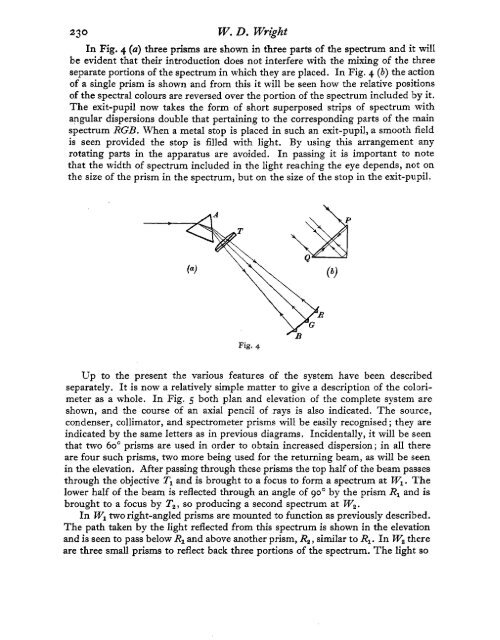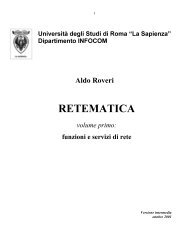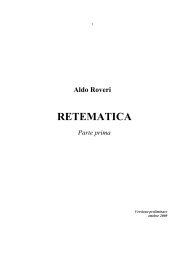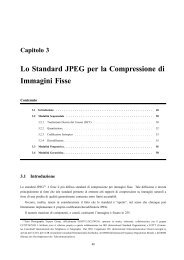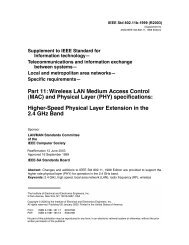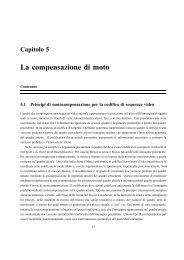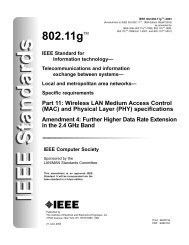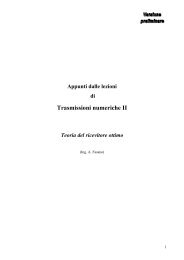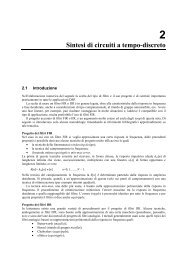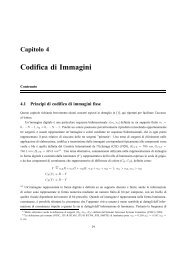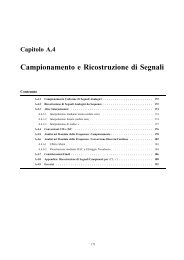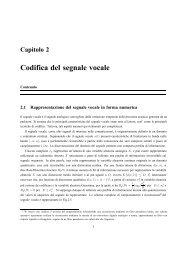a trichromatic colorimeter with spectral primaries - InfoCom
a trichromatic colorimeter with spectral primaries - InfoCom
a trichromatic colorimeter with spectral primaries - InfoCom
Create successful ePaper yourself
Turn your PDF publications into a flip-book with our unique Google optimized e-Paper software.
230 W.D. Wr@t<br />
In Fig. 4 (a) three prisms are shown in three parts of the spectrum and it will<br />
be evident that their introduction does not interfere <strong>with</strong> the mixing of the three<br />
separate portions of the spectrum in which they are placed. In Fig. 4 (b) the action<br />
of a single prism is shown and from this it will be seen how the relative positions<br />
of the <strong>spectral</strong> colours are reversed over the portion of the spectrum included by it.<br />
The exit-pupil now takes the form of short superposed strips of spectrum <strong>with</strong><br />
angular dispersions double that pertaining to the corresponding parts of the main<br />
spectrum RGB. When a metal stop is placed in such an exit-pupil, a smooth field<br />
is seen provided the stop is filled <strong>with</strong> light. By using this arrangement any<br />
rotating parts in the apparatus are avoided. In passing it is important to note<br />
that the width of spectrum included in the light reaching the eye depends, not on<br />
the size of the prism in the spectrum, but on the size of the stop in the exit-pupil.<br />
Fig. 4<br />
Up to the present the various features of the system have been described<br />
separately. It is now a relatively simple matter to give a description of the colori-<br />
meter as a whole. In Fig. 5 both plan and elevation of the complete system are<br />
shown, and the course of an axial pencil of rays is also indicated. The source,<br />
condenser, collimator, and spectrometer prisms will be easily recognised ; they are<br />
indicated by the same letters as in previous diagrams. Incidentally, it will be seen<br />
that two 60" prisms are used in order to obtain increased dispersion ; in all there<br />
are four such prisms, two more being used for the returning beam, as will be seen<br />
in the elevation. After passing through these prisms the top half of the beam passes<br />
through the objective Tl and is brought to a focus to form a spectrum at W,. The<br />
lower half of the beam is reflected through an angle of 90' by the prism RI and is<br />
brought to a focus by T, , so producing a second spectrum at W,.<br />
In W, two right-angled prisms are mounted to function as previously described.<br />
The path taken by the light reflected from this spectrum is shown in the elevation<br />
and is seen to pass below RI and above another prism, R, , similar to Rl. In W, there<br />
are three small prisms to reflect back three portions of the spectrum. The light so


